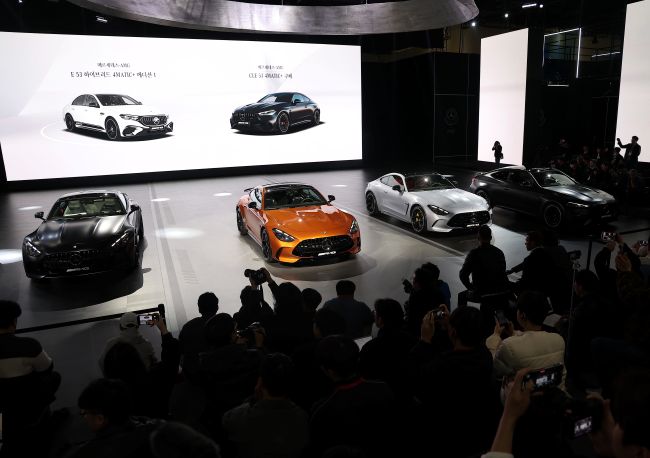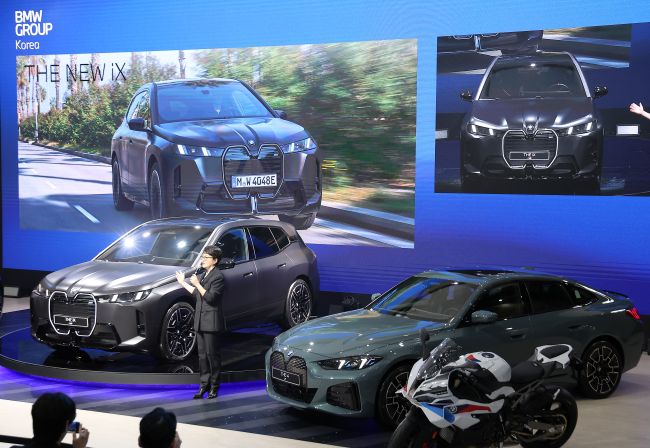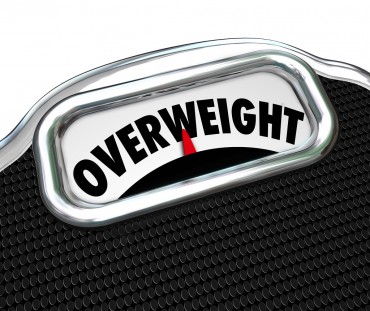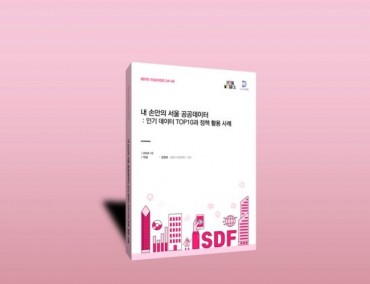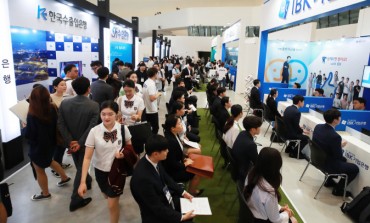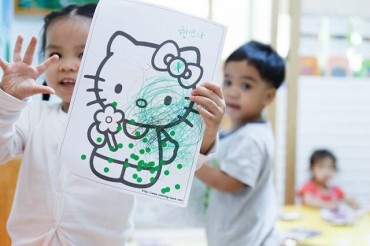SEOUL, July 22 (Korea Bizwire) — South Korea’s imported car market is on a sharp rebound in 2025, reversing a two-year contraction as demand for eco-friendly and high-end models soars, supported by a wave of new releases and increased purchases by consumers in their 40s and corporate buyers.
According to the Korea Automobile Importers & Distributors Association (KAIDA), a total of 138,120 imported passenger vehicles were sold in the country during the first half of the year, up 9.9% year-on-year. If the pace continues, annual sales are projected to reach 276,240 units, making 2025 the second-best year on record for imports.
Industry insiders point to the “new model effect” as the primary driver. In the first half alone, 511 new trim variants were registered — up 9.9% from the same period last year. Bestsellers included recently refreshed models such as the Tesla Model Y (15,432 units), Mercedes-Benz E-Class (13,428 units), and BMW 5 Series (11,958 units).
The shift to eco-friendly powertrains also played a major role. Hybrid vehicle sales surged 33.2% to 83,841 units, while electric vehicle sales rose 20.2% to 32,420 units. Combined, hybrids and EVs now account for 84.2% of all imported vehicles sold, with hybrids alone representing over 60%.
In contrast, traditional combustion models declined sharply: gasoline vehicle sales dropped 37.1%, and diesel models plunged 53.7%, with fewer than 1,800 units sold.
Luxury imports saw especially strong growth. Sales of vehicles priced above ₩150 million (approx. $115,000) jumped nearly 56% year-on-year, totaling 17,493 units — more than triple the volume from five years ago. Top-selling luxury brands included BMW, Mercedes-Benz, and Porsche.
By price segment, vehicles priced between ₩70 million–₩100 million made up the largest share (34.2%), followed by the ₩50 million–₩70 million bracket (33.3%). Notably, the ultra-luxury segment (over ₩150 million) now ranks third at 12.7%, overtaking the ₩100 million–₩150 million range.
In terms of demographics, buyers in their 40s emerged as the largest consumer group, accounting for 35.3% of private purchases, followed by those in their 30s and 50s. Corporate purchases also rebounded 18.6% to over 50,000 units, marking the first rise in four years.
The recovery in corporate sales comes despite the 2024 regulation mandating lime-green license plates for vehicles priced above ₩80 million, which had previously dampened demand.
With more promotions and model launches expected in the second half of the year, industry watchers say continued momentum will depend on Tesla’s sustained performance, the volume of new releases, and consumer response to evolving eco and luxury trends.
Ashley Song (ashley@koreabizwire.com)


